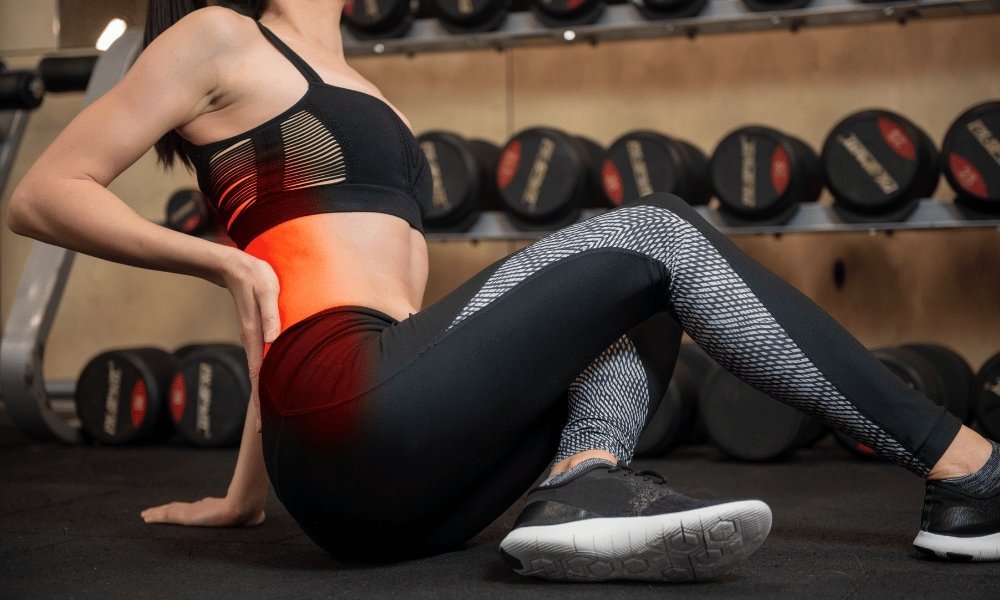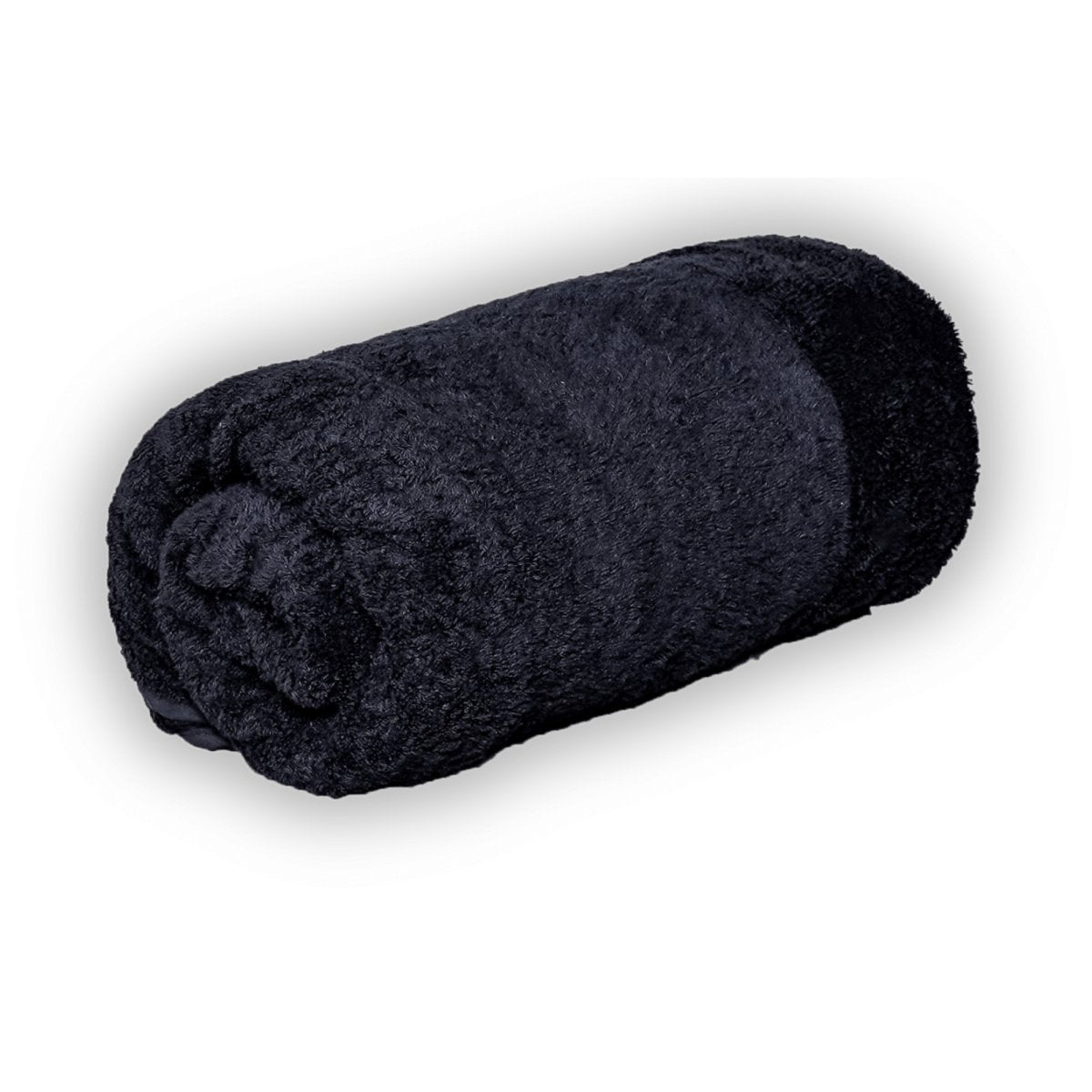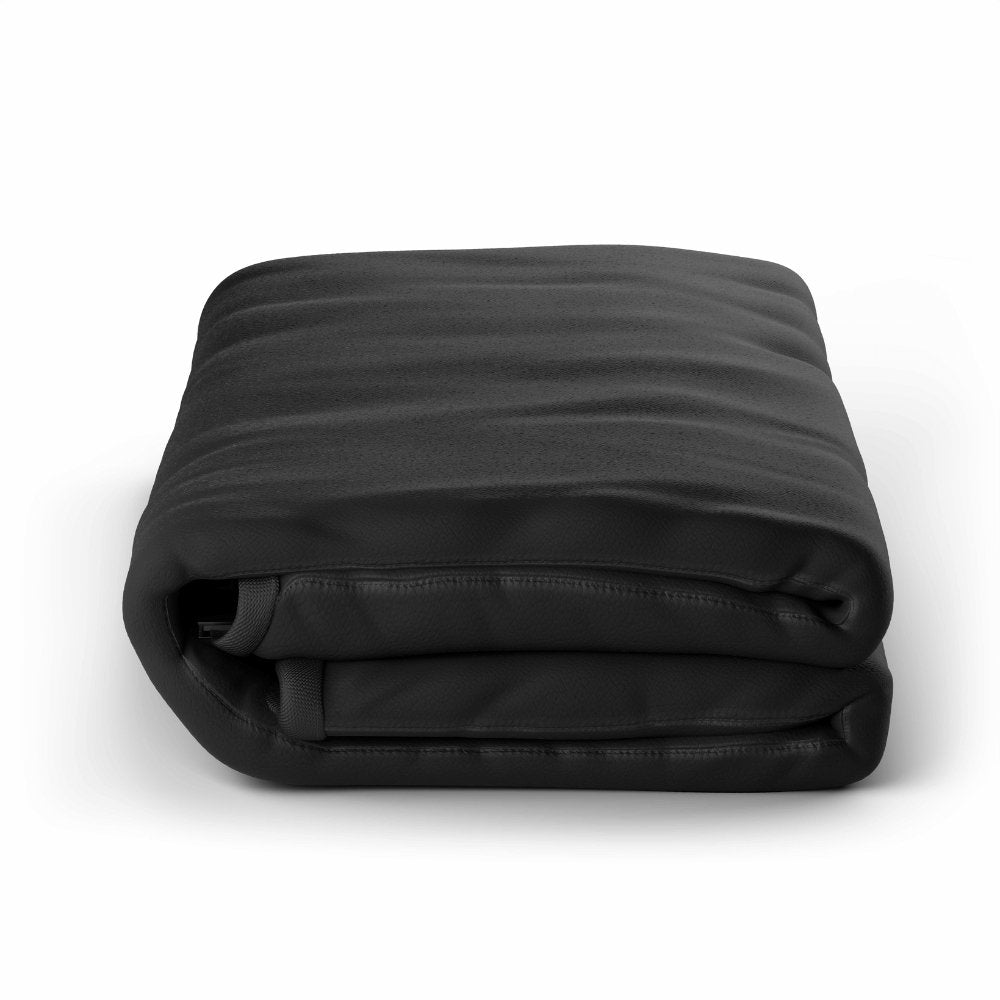
Preventing muscle pain: tips to reduce muscle pain
How can you prevent or reduce muscle pain? Muscle pain is a common complaint that almost everyone has experienced at some point. It can occur after intensive physical activities such as sports or even after a day of doing chores around the house. Although muscle pain usually goes away on its own, it can sometimes be quite annoying and hinder your daily activities. In this article we discuss what exactly muscle pain is, how long it can last and most importantly, how you can prevent and reduce muscle pain.
What is muscle pain?
Muscle pain is caused by small tears in the muscle fibers and surrounding connective tissue. This can lead to pain, stiffness and sometimes swelling in the affected muscles. Muscle pain can manifest itself in different ways, such as muscle pain in the legs for no reason, muscle pain throughout the body or even extreme muscle pain after exercise. Muscle pain is often accompanied by reduced muscle strength and fatigue.
"Muscle soreness can be an indication that your body is adapting to new movements and efforts." -Dr. Michael Joyne
How long does muscle pain last?
The duration of muscle soreness can vary depending on the intensity of exercise and individual sensitivity to pain. In general, muscle soreness usually lasts from several days to a week. However, in rare cases it can last longer. If the muscle pain does not improve after a few weeks or even becomes worse, it is advisable to consult a doctor.
What are the causes of muscle pain?
Muscle pain can have various causes. A common cause is muscle strain. When you use your muscles intensively or expose them to unusual loads, the muscle fibers can become damaged, resulting in muscle pain. A sudden increase in exercise intensity can also lead to muscle pain. In addition, muscle pain can occur due to inflammation, infections or certain medical conditions.
Prevent muscle pain
Fortunately, there are several measures you can take to prevent or at least reduce muscle pain. Here are some muscle pain tips that can help you:
1. Warm-up and cool-down
A good warm-up before your workout and a cool-down afterwards can help prevent muscle pain. By warming up your muscles, they become better supplied with blood and become more flexible, which reduces the risk of injuries and muscle pain. After training, a cool-down helps to relax the muscles and remove waste products .
2. Build up your training slowly
When you start a new exercise routine
When starting a new exercise routine or activity that puts strain on your muscles, it's important to build up slowly. By gradually increasing the intensity and duration of your workout, you give your muscles the chance to adapt and get stronger. This reduces the chance of muscle pain. Always listen to your body and don't force anything.
3. Use the right technique
Performing exercises and movements correctly is essential to prevent injuries and muscle pain. That is why it is important that you use the correct technique and, if necessary, seek the help of a professional trainer or coach. By using the correct posture and movement patterns, you load your muscles correctly and reduce the risk of overload.
4. Prevent muscle pain with rest days
Rest is just as important as training itself. Give your body plenty of time to recover and recover between training sessions. Excessive or insufficient rest can lead to muscle fatigue and an increased risk of muscle pain. Plan rest days in your training program and listen to your body's signals. If you have muscle pain, give yourself time to recover before training intensively again.
5. Watch your diet
A healthy and balanced diet plays a crucial role in preventing muscle soreness. That is why it is important that you ensure that you get enough proteins, because they help with recovery and muscle building. In addition, it is important to drink enough fluids to prevent dehydration and support muscle function. Also consider taking nutritional supplements such as magnesium and omega-3 fatty acids, which can help reduce muscle pain and inflammation.
6. Practice active recovery methods to prevent muscle soreness
In addition to rest, active recovery methods such as stretching, foam rolling and light mobility exercises can help reduce muscle soreness. These techniques help stimulate blood flow , remove waste products and relax the muscles. It's a good habit to spend some time doing these recovery methods after each workout to prevent muscle soreness.
7. Use an infrared sauna
Infrared radiation penetrates deep into the muscles and heats them from within. This promotes blood circulation, which transports nutrients and oxygen to the muscles more quickly and removes waste products more efficiently.
Regular sessions in the infrared sauna after intensive training can help reduce muscle pain and speed up the recovery process.
8. A method to prevent muscle pain: cryotherapy
Cryotherapy (cold therapy) is a treatment in which the body is exposed to extremely low temperatures for a short period of time. There are different forms of cryotherapy. One of the most commonly used methods is Whole Body Cryotherapy (WBC). The person is then exposed for a short time to extreme cold (-110 to -160) in a cryosauna chamber.
But this also includes an ice bath, mat or the like.
Source:PLUSON E

Tips against muscle pain
- Take a warm bath or shower to relax the muscles.
- Use a heating pad or heat pack on the painful areas.
- Use ice or a cold pack to reduce inflammation and swelling.
Or use an ice bath or other cold therapies. - Gently massage the sore muscles to promote blood circulation.
- Get enough sleep and rest to support the recovery process.
- In addition, using an infrared sauna can also help reduce muscle pain. The heat of the infrared sauna can also provide relaxation and relief from tension in the muscles.
Prevent and reduce muscle pain
Muscle soreness can be an unpleasant byproduct of intense physical activity, but fortunately there are ways to prevent and reduce it. By properly preparing yourself, using the correct technique, taking adequate rest and recovery time, and providing your body with the right nutrition, you can help prevent muscle soreness. In addition, there are tips and techniques, such as heat and cold therapy, massage and active recovery methods, that can help you reduce muscle pain if it does occur.
Remember that every individual is different and it is important to listen to your own body. With the right preventative measures and self-care techniques, you can put yourself on the path to an active and healthy lifestyle without excessive muscle pain. Keep moving, listen to your body and enjoy the benefits of a strong and healthy body.
















